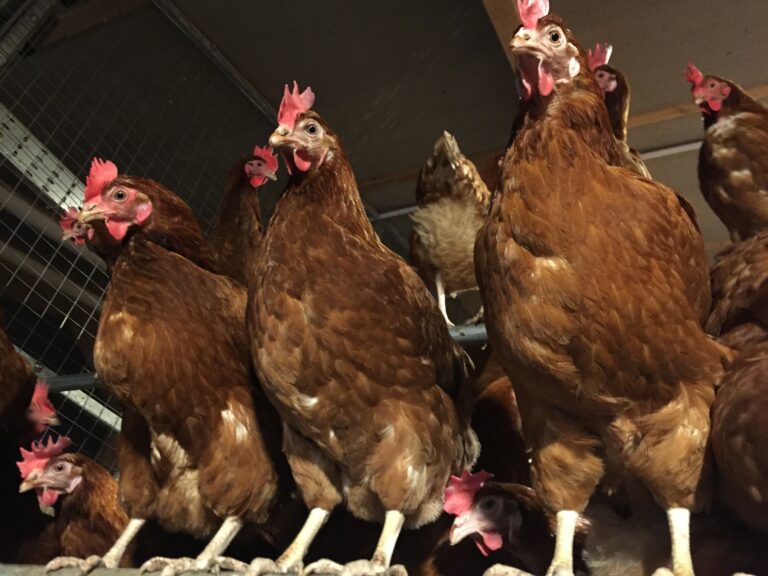Nutritional strategies, including the use of activated forms of vitamin D, could have a crucial role to play in achieving longer, more productive laying cycles while maintaining egg quality and bird health, according to Azelis.
Extending the laying life of hens to 100 weeks and beyond is fast becoming a key focus for the egg industry, as producers look to boost profitability and reduce environmental impact.
“Today’s birds are capable of much more,” said Azelis’ monogastric technical sales manager Annie Metcalfe. “We’re seeing flocks at 80 weeks still laying at over 90%, and the industry is now seriously exploring how to push that further — to 100 weeks and beyond.”
From a business perspective, extending the lay cycle spreads the fixed cost of pullet rearing over more eggs, increasing margin per bird, Metcalfe noted. It also reduces labour, limits production disruption, and lowers the carbon footprint per dozen eggs, as highlighted in the 2022–2023 Farm Business Survey by Promar International.
Although egg numbers plateau with age, the cumulative output continues to rise, making longer cycles a more efficient and sustainable option.
However, Metcalfe said supporting longevity requires attention to detail. “As hens age, subtle but important changes occur in metabolism, feed intake, and nutrient use,” she explained. “Older birds eat slightly more, but absorb key minerals like calcium less efficiently, which can impact bone health and shell strength.”
One of the main challenges beyond 75 weeks is declining eggshell quality, with more cracks, downgrades and handling losses, Metcalfe added. “Shell quality is probably the number-one technical barrier to going past 80 weeks. The birds are still laying well, but the risk of quality issues rises.”
Role of vitamin D
Vitamin D plays a vital role in calcium absorption, phosphorus metabolism, and eggshell formation, Metcalfe said, with most layer diets including vitamin D3 (cholecalciferol), which must be converted by the liver and kidneys into its active form, calcitriol. However, this conversion becomes less efficient in ageing hens.
Nutritionists are now exploring the benefits of supplementing with activated forms of vitamin D — such as calcitriol glycosides — which bypass the need for metabolic activation and are absorbed directly in the gut.
“We know that older hens struggle to maintain shell quality,” Metcalfe said. “Providing bioavailable vitamin D helps support calcium use exactly when birds need it most.”
Metcalfe pointed to research from the University of Sydney showing that hens receiving Active D – a bioavailable vitamin D3 feed material from Phytobiotics and distributed by Azelis UK & Ireland – maintained shell thickness through to 80 weeks, while untreated birds showed a marked decline.
“These improvements in shell weight and thickness suggest that Active D could be a valuable tool for producers looking to extend the laying cycle without compromising egg quality or profits,” Metcalfe continued. “Shell quality isn’t the only benefit. As birds age, their ability to convert standard vitamin D3 into its active form decreases. Supplementing directly on top of standard dietary vitamin D3 with the bioavailable version helps bypass this bottleneck.
“Active D enhances calcium metabolism, bone integrity, immune function and overall resilience. By providing a highly bioavailable form of vitamin D, it helps birds cope better with stressors such as heat and disease challenges.”
However, Metcalfe stressed that nutrition alone isn’t the whole answer. Achieving 100-week lay depends on a combination of good pullet rearing, disease control, housing design, and consistent management.
“Extending lay isn’t about pushing birds harder,” Metcalfe concluded. “It’s about giving them the right support to do what they’re already capable of, and doing so sustainably. With careful planning and the right nutritional tools — including activated forms of vitamin D — longer, more productive laying cycles are possible.”


